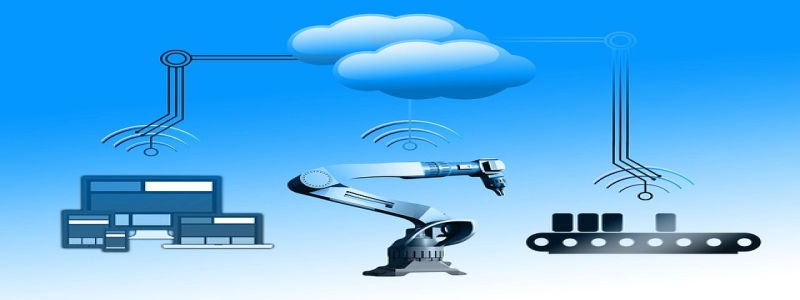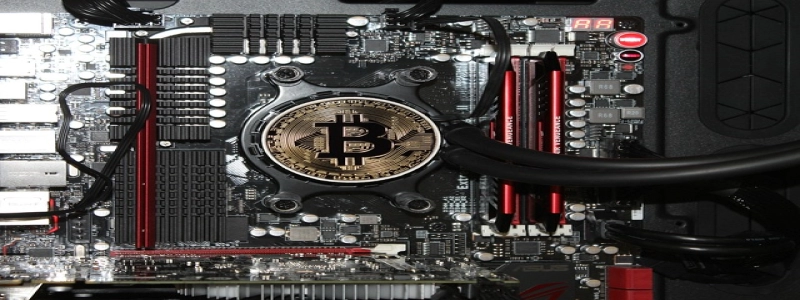Fiber Optic Cable: OM1, OM2, OM3, and OM4
I. Introduction
A. Definition of fiber optic cable
B. Importance of fiber optic cable in modern communication systems
II. OM1 Fiber Optic Cable
A. Definition and features
B. Applications
C. Advantages and limitations
III. OM2 Fiber Optic Cable
A. Definition and features
B. Applications
C. Advantages and limitations
IV. OM3 Fiber Optic Cable
A. Definition and features
B. Applications
C. Advantages and limitations
V. OM4 Fiber Optic Cable
A. Definition and features
B. Applications
C. Advantages and limitations
VI. Comparison among OM1, OM2, OM3, and OM4 Fiber Optic Cables
A. Bandwidth and speed capabilities
B. Distance limitations
C. Cost and availability
VII. Conclusion
A. Summary of OM1, OM2, OM3, and OM4 fiber optic cables
B. Importance of choosing the right fiber optic cable for specific applications
C. Future prospects and advancements in fiber optic technology
I. Introduction
Fiber optic cable is a type of cable that consists of thin strands of glass or plastic fibers used to transmit data through pulses of light. Its high bandwidth capability and low signal loss make it a vital component in modern communication systems, ranging from telecommunications to internet connections.
II. OM1 Fiber Optic Cable
OM1 fiber optic cable, also known as 62.5/125 cable, refers to a multimode cable with a core diameter of 62.5 microns and a cladding diameter of 125 microns. It was one of the earliest types of fiber optic cables used for communication purposes. OM1 cables are suitable for short-distance applications, typically within a building or campus network. Although they have limited bandwidth capabilities and are not suitable for high-speed data transmission, they are still widely used for their cost-effectiveness in certain applications.
III. OM2 Fiber Optic Cable
OM2 fiber optic cable, also known as 50/125 cable, has a core diameter of 50 microns and a cladding diameter of 125 microns. It provides better bandwidth capacity compared to OM1 cables, making it suitable for higher-speed applications. OM2 cables are often used for local area networks (LANs) and data centers where data transmission distances are relatively short.
IV. OM3 Fiber Optic Cable
OM3 fiber optic cable, also known as laser-optimized multimode fiber (LOMMF), features a core diameter of 50 microns and a cladding diameter of 125 microns. The primary advantage of OM3 cables is their ability to support higher bandwidth and faster data transmission over longer distances compared to OM1 and OM2 cables. They are commonly used in environments requiring high-speed data transmission, such as data centers, enterprise networks, and backbone connections.
V. OM4 Fiber Optic Cable
OM4 fiber optic cable is an enhanced version of OM3 cable, providing even higher bandwidth capabilities and longer reach. It has the same core and cladding diameters as OM3 cables, but with optimized fiber designs that enhance performance. OM4 cables are widely used in demanding applications where the transmission of large volumes of data at high speeds is required, such as cloud computing, high-performance computing, and high-speed LANs.
VI. Comparison among OM1, OM2, OM3, and OM4 Fiber Optic Cables
When comparing OM1, OM2, OM3, and OM4 fiber optic cables, several factors come into play. OM1 cables have a lower bandwidth capacity and are suitable for short distances. OM2 cables offer better bandwidth capacity than OM1, making them suitable for slightly longer distances. OM3 and OM4 cables provide significantly higher bandwidth capacity and longer reach, with OM4 offering the highest performance.
VII. Conclusion
In conclusion, the choice of fiber optic cable, whether it is OM1, OM2, OM3, or OM4, depends on the specific application requirements. While OM1 and OM2 cables are suitable for shorter distances, OM3 and OM4 cables provide higher bandwidth capabilities and longer reach, making them ideal for high-speed and long-distance transmission. As technology advances, advancements in fiber optic technology will continue to provide even more efficient and faster communication solutions.







